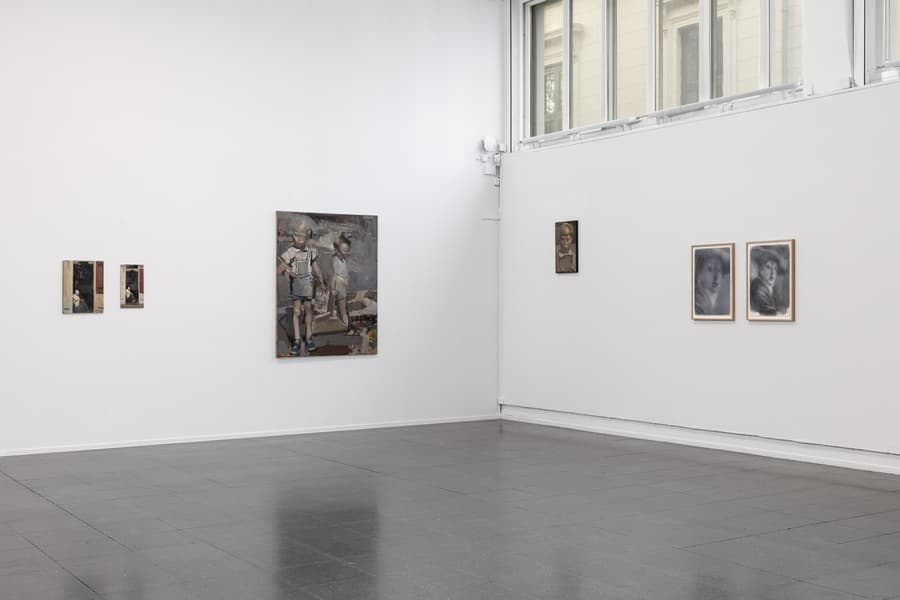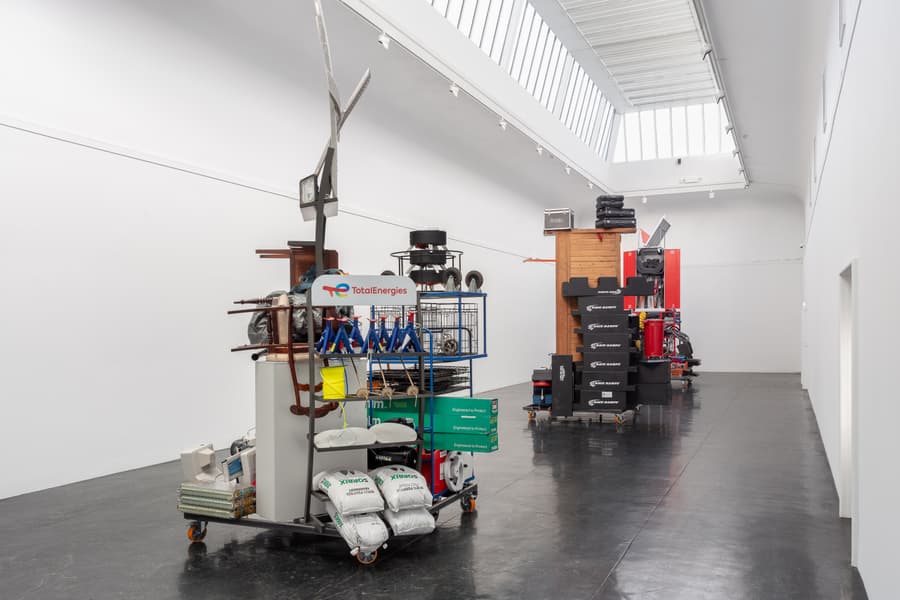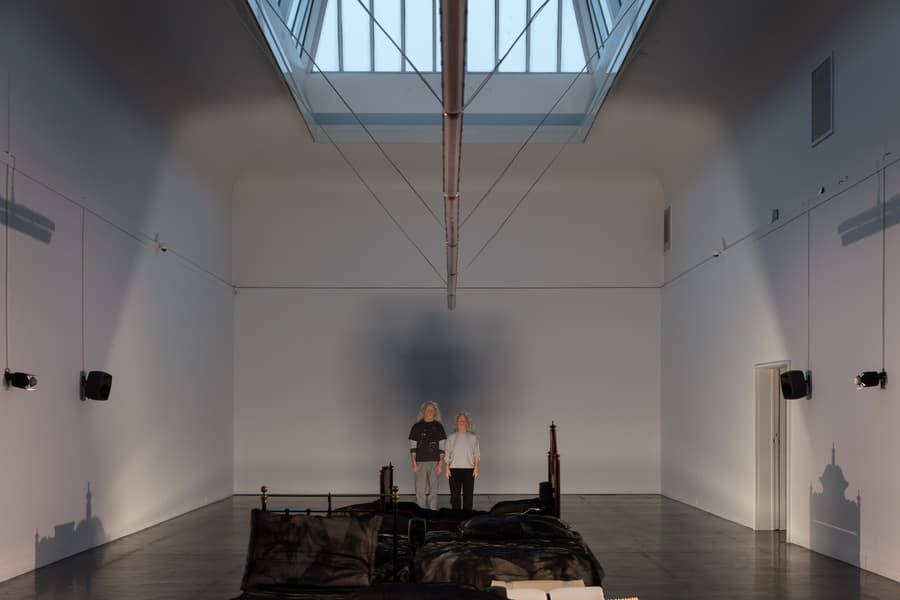Anish Kapoor

14 Sculptures, 16 watercolors.
If we look closely at a seed, we find a strict regularity in its structure. The mathematical principles that underlie the construction allow the form to be analyzed and explained; we find our way back to the basic geometric shapes. In this way, our need for order and system can be satisfied. But the essence of the seed, its hidden life, remains a secret and cannot be explained.
Anish Kapoor's sculptures do not refer to known forms - they are not depictions of things. He has stated that he does not want to make sculptures that are about form, but rather about faith - about passion and experience. His sculptures communicate themselves with a quiet intensity created in the encounter between plastic form and color. Not color painted on the form, but dry color pigment that surrounds it and sometimes also continues beyond the form. With its depth and brightness, the color is equal to the form and contributes to the mystery these sculptures radiate. An often fragile material and the fact that the color pigment does not allow touch emphasize the expression.
Anish Kapoor belongs to the generation of sculptors who have helped to make British sculpture one of the most interesting in today's European art scene. He was born in Bombay and studied at art schools in London. Traits from cultures as diverse as Indian and European merge into a compelling unity in his art, providing material for an expression of great clarity and intensity.
The Artists' House thanks Anish Kapoor for the exhibition. We also thank Nicholas Logsdail, Lisson Gallery, London, Barbara Gladstone of Barbara Gladstone Gallery, New York and the British Council for their kind assistance.
Written by Arne Malmedal – Kunstnernes Hus
Images of Kapoor and Pistoletto in their respective halls.











